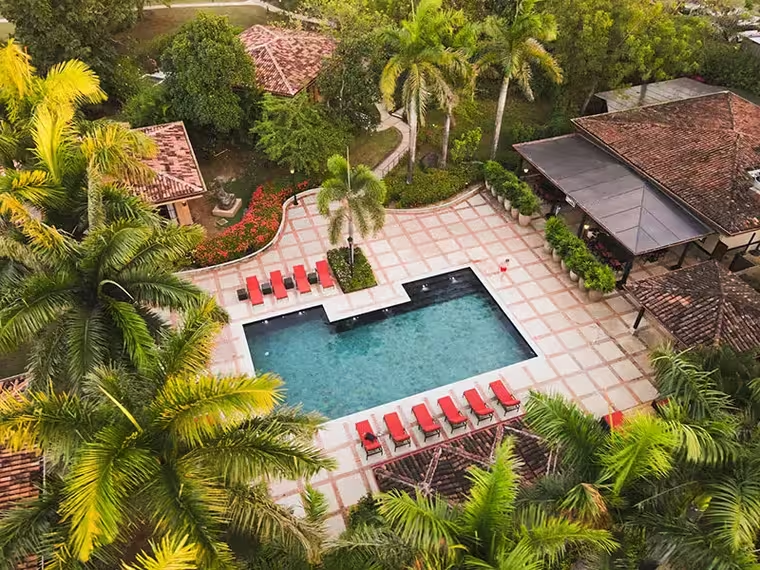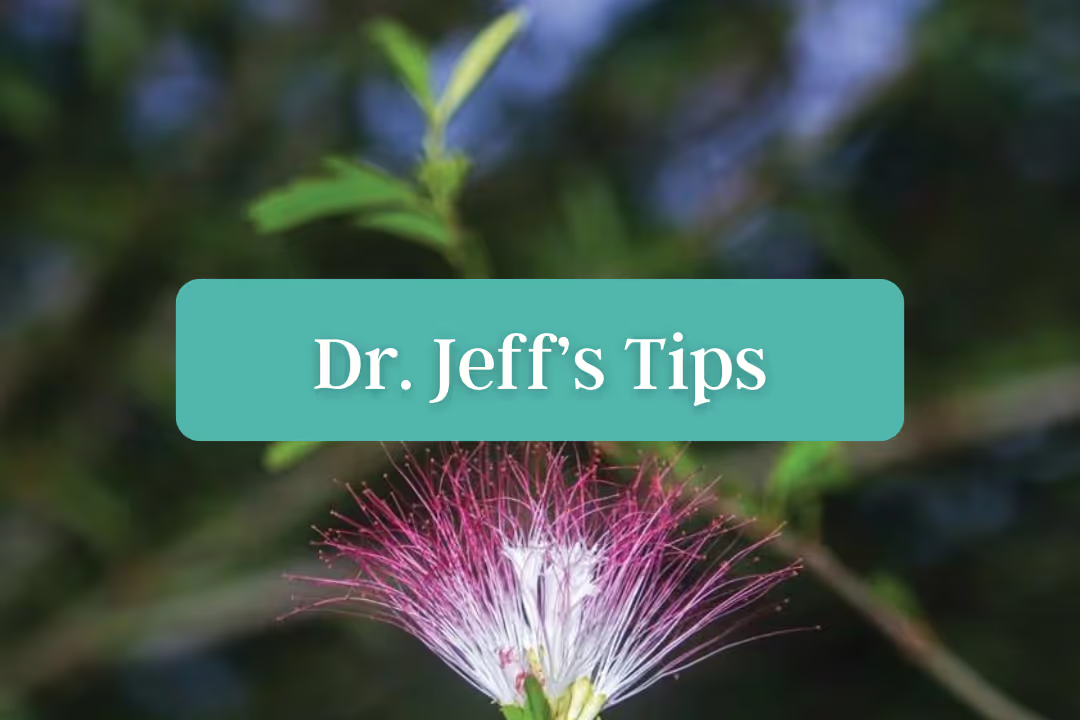Breathwork Questions and Answers with Giovanni Bartolomeo


Q&A with Giovanni Bartolomeo: Breathwork as a Modality for Stress Management, Emotional Release and Self-Realization
About Giovanni
Giovanni Bartolomeo is an entrepreneur and life adventurer who has a passion for creating deep connections with others, and for creating environments for these types of connections to take place with others. Giovanni travels the world facilitating workshops and retreats designed to unlock the innate human potential within us all. He does this using easy yet effective techniques, including breathwork, cold exposure, movement, fasting, and more! He is an advocate for plant medicine and recently completed a documentary called Psyched Out that is viewable for free on the internet. After his life changed in 2012 with the help of plant medicine, he was inspired to create a film with the intention of spreading awareness about the healing potential of plant medicine.
Giovanni, can you explain the basics of breathwork and how it positively impacts mental and physical well-being?
The term “breathwork” covers a wide range of breathing techniques ranging from simple practices to calm the mind and nervous system, to optimizing breathing for sports performance, to breath-holding, and even more profound breathing experiences that elicit emotional release and deep self-realization. The ancient yogis studied it thousands of years ago, and it is still relevant today.
In its simplest form, breathwork manipulates the breath to create a physiological, mental, and even emotional change.
How does breathwork differ from other relaxation or meditation practices, and why might it be more effective for specific individuals?
Breathwork differs from relaxation or meditation practices because it can be active vs. passive (focusing or relaxing). Many people may struggle with quieting their minds and find it easier to focus on breathing, specifically in a rhythmic pattern.
This can, in turn, create space to go deeper into meditation and clear one’s mind. Studies have shown that rhythmic breathing can shift brainwave activity and quiet down activity in the prefrontal cortex of the brain, which some say is the home of the ego.
Breathwork also has the potential to not only reduce stress hormones in the body but also to release endorphins and improve mood. Also, it can be combined with meditation to help people go deeper faster with a few minutes of breathwork before diving into their meditation practice.
Elemental Rhythm combines many breathwork techniques with a guided meditation component. One of the best ways to reprogram the subconscious mind is through repetition, emotion, and visualization. This makes for a perfect integration practice for post-plant medicine ceremonies.
What are some of the most profound mental, emotional, or physical benefits that individuals have reported after practicing breathwork?
During our curated longer Elemental Rhythm Breakthrough Experience Journeys, we have seen incredible transformations—from deep emotional releases, to reducing or eliminating anxiety, to shifting physical pain, and even helping people sleep better.
There are countless stories of people reliving childhood memories, creating a shift in their perspective, and finding deep healing in this process. One example was a gentleman named Jake who met his inner child and was able to let him out of a cage (metaphorically). He claims that in that moment, he had an intense healing reaction, and a heaviness from his gut had lifted. Six months later, he shared that at that moment, he had experienced the remission of a lifelong autoimmune digestive issue. This is, of course, only anecdotal, but we have had many people share similar experiences of how their life has completely changed since starting their breathwork journey.
Breathwork is often said to induce states similar to those experienced with Ayahuasca. Can you describe how breathwork can lead to these visionary or altered states of consciousness?
Science is still catching up with how breathwork actually works to create these experiences. Some claim there is a release of DMT in the brain, which is theoretically possible (DMT is also the active molecule in Ayahuasca). Some breathing techniques can bring the individual to a state of consciousness where the body may be tricked into believing it is dying and creating an NDE (Near Death Experience).
Also, the changes in biochemistry and different levels of oxygen in the brain create feelings of euphoria and dissociation, and brain wave changes have been observed moving from Beta to Alpha and, in some cases, Theta.
Breathwork is also known for its emotional cleansing effects. Can you elaborate on how it helps in releasing deep-seated emotions or trauma?
When we experience a traumatic event or even a belief system that gets ingrained in us over time, it gets stored in our body and subconscious mind. When we do some of the somatic breathwork techniques like Elemental Rhythm, it brings some of these emotions to the surface, and is very common for people to experience an emotional release.
We believe this is due to the changes in the brain and the normal defense system (ego) subsiding, allowing us to process some of these stored emotions safely and see things from a different perspective. It is necessary to work with an experienced facilitator and have a good support network if something comes up for a participant, as they may need support processing their experience. The great thing about breathwork is that the person is always in control and can slow down or stop the experience at any time.
Some of the common experiences people report after a longer breathwork session (such as an Elemental Rhythm Breakthrough Experience) can be but not limited to:
Emotional healing, releasing of trauma, meeting and receiving messages from the ineffable, revisiting childhood, spiritual awakening, euphoria, physical healing, pain relief, heightened sense of intuition, enhanced creativity and problem-solving abilities (transient hypofrontality), and much more.
How can individuals integrate breathwork into their daily routine to maximize its benefits, and what positive changes might they observe over time?
There are numerous breathwork resources online, including apps, YouTube videos, and websites (including elementalrhythm.com), and doing as little as 1 minute a day will have positive effects. Breathwork and breathing mechanics are essential because not everyone breathes properly, and slight adjustments to every breath we take will add up (on average, 22,000 breaths per day).
Things like reduced anxiety, better ability to tolerate stress, more energy and better sleep are some benefits of daily breathwork and improving how we breathe daily.
A recent study done by Dr. Andrew Huberman concluded that just 5 minutes of daily breathwork produced greater improvement in mood and reduction in respiratory rate compared with mindfulness meditation.
While 5 minutes of daily breathwork will show potent and acute benefits related to stress management, Dr. Andrew Huberman’s study also showed that the benefits of breathwork increase with practice and time. This means the more you adhere to breathwork, the greater the benefit.
In your experience, how does combining breathwork with Ayahuasca enhance the overall healing and transformative journey?
Breathwork before ayahuasca can help open the doors to the inward journey into your mind and heart. When you arrive at Rythmia, your first ceremony will be breathwork and this is where the transformation really starts. It has been one of the most transformational combinations I have experienced on my personal journey. Whether it is during the week I teach at Rythmia or the certified instructors at Rythmia facilitating it, breathwork is an opportunity to start the inward journey.
If you love breathwork, join me during one of the upcoming weeks I teach at Rythmia, as we will dive deeper into the fundamentals of breathing and additional breathwork experiences throughout the week.
We have specifically designed a breathwork program that will help support your inward journey. Some people may experience a life changing realization in a single session that they can bring with them into the rest of the program.
The Rythmia week also ends with another fully curated breathwork experience—another opportunity to go deeper into your integration process. Many times, loose ends get tied together and new insights can come through as a continuation of everything you have experienced so far during your trip. Beyond your stay, breathwork is the perfect tool to continue your integration process.
In Ayahuasca sessions, breathwork can help calm the nervous system and better navigate the experience. I usually go to a double exhale breath, which is in for four counts and out for eight counts, while inhaling through the nose and into the diaphragm (belly) and just focusing on relaxing my body. It works like a charm and will work any time you need to calm down your nervous system—you can try it at home! The best thing about breathwork is that you can take it with you and do it anywhere.
People who are pregnant or suffer from epilepsy shouldn't practice breathwork without speaking with their doctor first, and there are also some other contraindications you may need to be aware of. The best rule of thumb is never to do breathwork when passing out or getting dizzy, which would create a danger to yourself or someone else, like driving or in water.
Take the next step
Ready for your life-changing journey?

Transform Depression with Ayahuasca
Watch this educational webinar to explore the therapeutic potential of Ayahuasca in treating depression with Dr. Jeff McNairy and Dr. Mariana Rojas.
Here's what you'll learn in this discussion:
- How people and their brains get stuck in depression
- How Ayahuasca resets the brain of people dealing with depression
- How the Rythmia Way Program helps people reset their lives



%20(2).avif)

